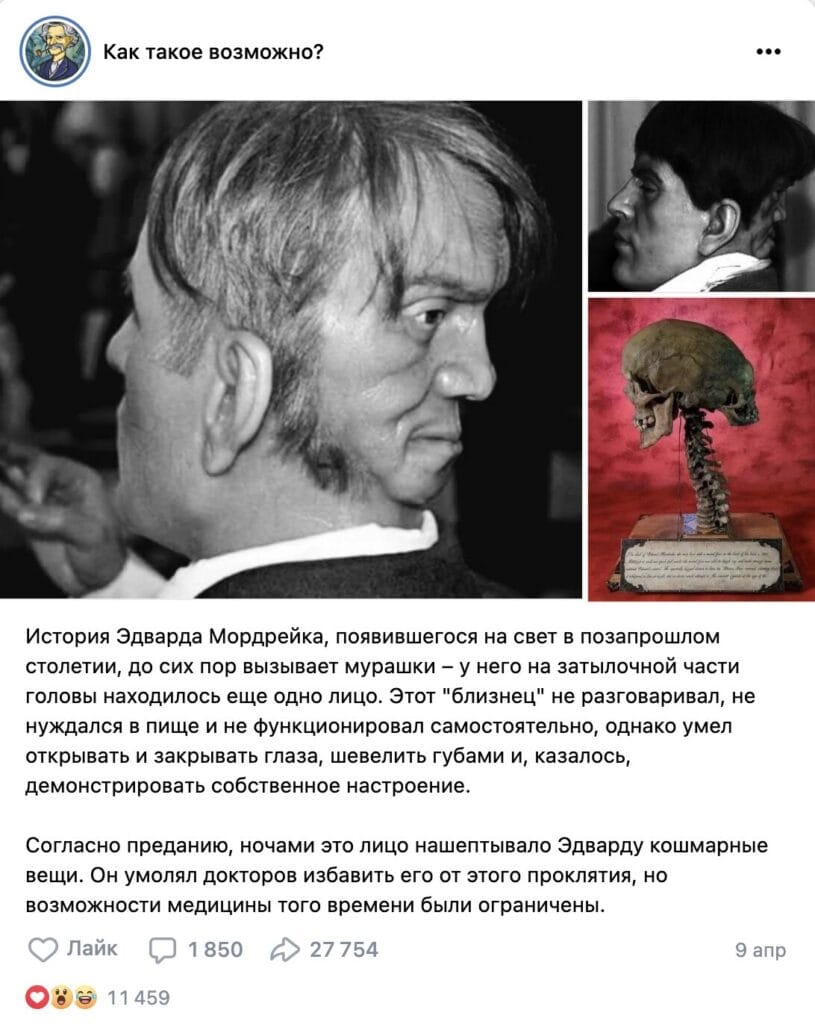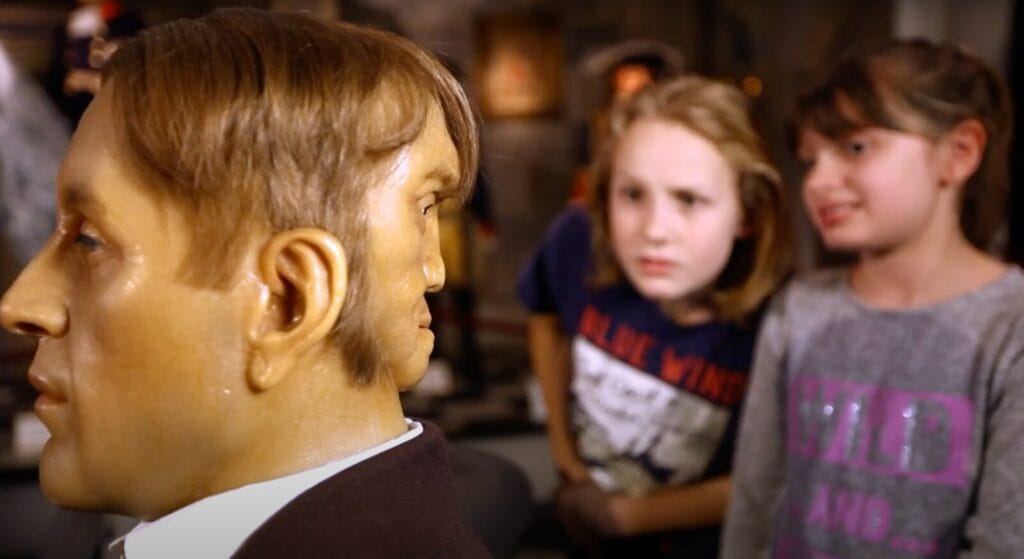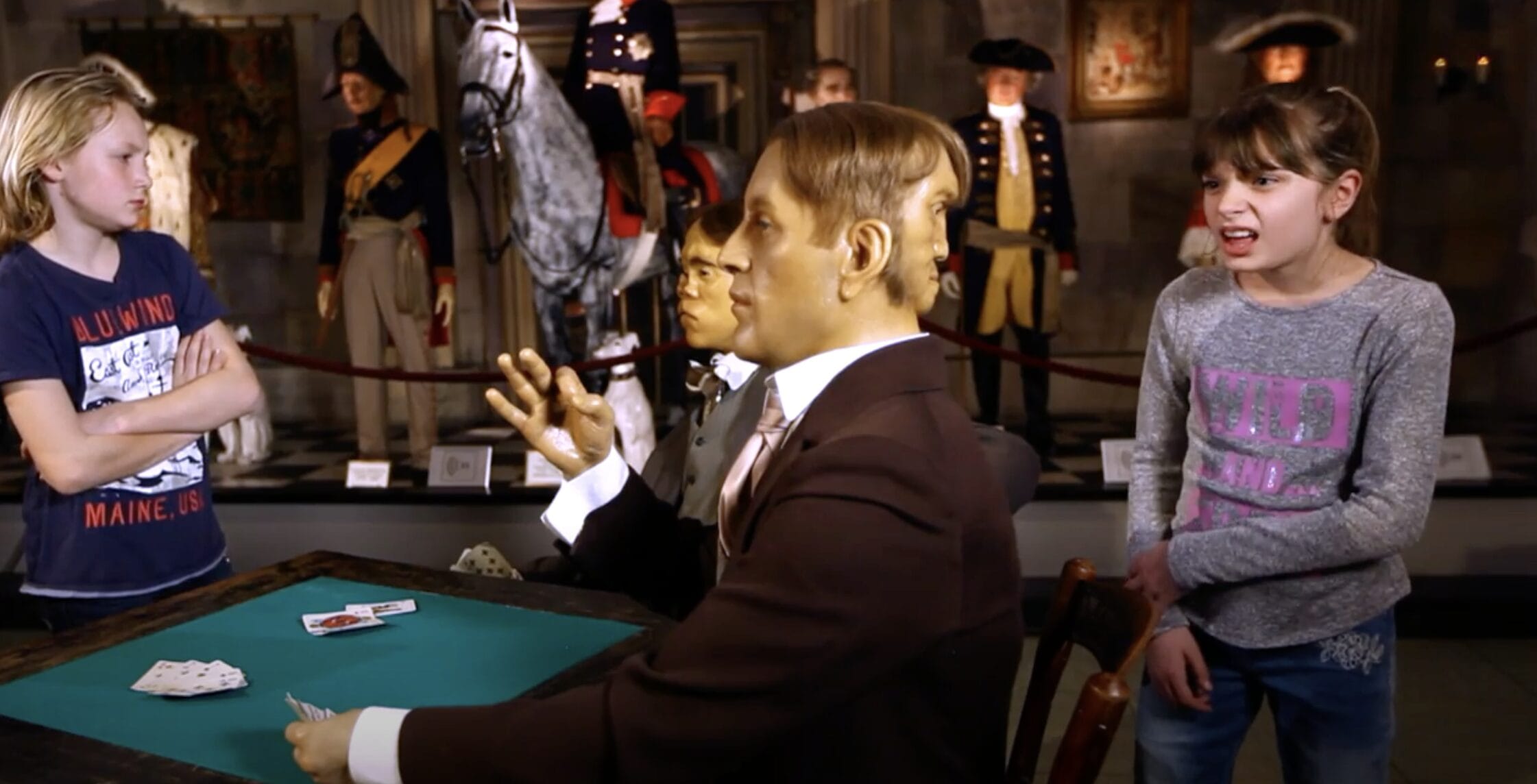For several years now, information has been spreading on social networks about a man who lived in the 19th century, who had a second face on the back of his head that had its own facial expressions. We have verified the accuracy of such messages.
Internet users say that Edward Mordrake (according to another version - Mordake) was the heir of a noble family and suffered from an unusual anomaly: he had a second face on the back of his head that could open and close his eyes and move his lips, although he did not make sounds. Mordrake himself, however, allegedly claimed that at night this person whispered “terrible things” to him. Medicine of the 19th century could not help the young man, and at the age of 23 he committed suicide.
Posts on this topic are often accompanied by photographs - some of them show a man with a face on the back of his head (presumably this is Mordrake), others show a human skull with two faces. This story is especially popular on VKontakte, where similar publications are recruiting thousands and even tens of thousands reposts. In addition, it can be found in Facebook, Instagram and on entertainment sites.

The story of Edward Mordrake became widely known through popular culture - he became a hero songs And series. The primary source of information about this unusual person is the book by doctors George Gould and Walter Pyle, published in 1896 in the USA.Anomalies and curiosities of medicine" However, in their work they mention that this story is taken from unreliable sources. Historian Alex Bowes, creator of the online museum of hoaxes, discovered that same “unreliable source” - it turned out to be the article “Miracles of Modern Science”, published in the Boston Sunday Post on December 14, 1895 (it was soon reprinted by many other American newspapers).

In addition to Mordrake, the article featured a fish woman, a half-man, half-crab, a man with four eyes, and a spider-man. Obviously, these stories seemed too fantastic to the authors of Anomalies and Curiosities of Medicine, so they did not include them in their book, but they retold the part about Mordrake almost verbatim.
The author of the article, Charles Lothin Hildreth, referred to the reports of the British Royal Scientific Society, but there is no institution with that name in Great Britain. The British Academy of Sciences is called Royal Society of London (Royal Society of London), or, for short, the Royal Society. However, if his reports actually provided information about Mordrake and the other heroes of Hildreth's article, they would have been mentioned in some scientific works. But “Verified” did not find such examples, and the article in the Boston Sunday Post remains the earliest mention of these unusual people. Charles Laurin Hildreth himself was known as a poet and science fiction writer, so, apparently, he simply made up the stories told in the article.
As for the photographs that usually accompany posts about Mordrake, one of them is not a portrait of a living person, but a photograph of a wax figure, an exhibit of the Hamburg Museum Panoptikum. It was not possible to establish the origin of the second photograph “Verified”, but, apparently, this is also a wax figure (portraits of Mordrake are often found in exhibitions museums and touring exhibitions). Wax figures are updated from time to time, their clothes and hairstyles are changed, which makes identification difficult. In addition, this photo was used in the trailer for the film "Edward Mordrake", the author of which tried to find funds for filming using crowdfunding, but was unsuccessful; the film was never made. And the skull is not an anatomical specimen, but the work of sculptor Tom Kübler “Skull of Edward Mordrake" He created several such sculptures, the first in 2019.

Some publications specify that Mordrake suffered from parasitic craniopagia. This is the name of a special form of fusion of Siamese twins, in which the head of his twin, who does not have his own body, grows to the child’s head. Conjoined twins themselves are extremely rare, and people with parasitic craniopagia are even rarer. At the moment, only four cases are reliably known when such children were born alive: in the 18th century in India (perhaps it was this fairly well-known story that served as inspiration for Hildreth) and today in Dominican Republic, Romania And Egypt. None of these children lived more than a few years.
Thus, the story of the man with two faces is based on a newspaper article written at the end of the 19th century by a science fiction writer. There is no documentary evidence of the life of Edward Mordrake. The photographs of the man and his skull used as evidence are actually photographs of a wax figure and pop culture-inspired art piece.
Cover photo: YouTube screenshot
Read on topic:
- Madame Tussauds. How Are Wax Figures Made Today?
- Was there a Buster Simkus, a man who weighed more than a ton?
- Is it true that the photo shows a man who stepped on his beard and broke his neck as a result?
- Is it true that the photo shows a rare jaw pathology - the shark smile?
- Is it true that for decades a French official lived with only 10% of his brain?
If you find a spelling or grammatical error, please let us know by highlighting the error text and clicking Ctrl+Enter.






